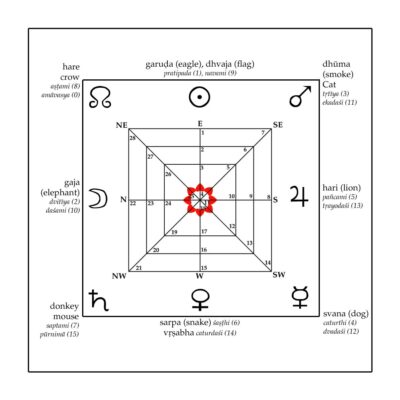
The heart lotus – basics of spirituality and aṣṭamaṅgalam; Also Iṣṭa devatā, pālana devatā and Guru devatā.
Not concerning ourselves with the inanimate world, let us focus on the living beings, and that too the human being and spirituality. The aṣṭadala padma (eight-petal lotus) is the foundation of Hindu philosophy. It is based on the Kālachakra or the wheel of time, which is composed of eight spokes and has the 28 constellations distributed in these spokes. Each of these spokes is in one of the cardinal (kendra) or intermediate (koṇa) directions and is reckoned starting from the east and moving in the clockwise direction. Based on this we have the aṣṭamaṅgalam kriyā which is the ritual of worshipping the deities and the planets inside the horoscope before conducting a Praśna (Horary chart) or studying a horoscope.
The determination of the deity is to be done in two stages. First is to determine the guiding deities of the native. These are the three of Iṣṭa Devatā or the deity guiding the individual soul towards emancipation, the Pālana Devatā or the deity guiding him in the present life to improve his life and surroundings and the spiritual master or Guru Devatā. These three form the primary tripod of his life and are akin to the Sun (natural significator of soul), Moon (natural significator of mind and the well-being in this life) and Jupiter (natural significator of pāka lagna and Guru) respectively.
Second is to determine the immediate problem and offer a solution. The second would be a short-term remedy that is really not going to help much in spiritual development, but is vital to establishing faith in God. All Jyotiṣa are advised to tread very carefully in this region of remedial measures as in our anxiety to help we should not end up doing bad karma.
Ātma: Iṣṭa & Dharma Devata
Mahārisi Jaimini advises us to examine the ninth & twelfth houses from Kārakamsa to determine the worship. The ninth house rules dharma whereas the twelfth house rules moksa or emancipation. As far as the Ātmakāraka is concerned, its main objective is to attain moksa and the Iṣṭa Devata of a person is seen from the strongest planetary influence on the twelfth house from Kārakamsa. Similarly, the Dharma Devata is seen from strongest planetary influence on the ninth house from Kārakamsa. Unlike the Iṣṭa devata, the Dharma Devata helps a person to attain the ideals and objectives that the soul aspires for in this life, to achieve the desires of the present incarnation.
Strongest planetary influence
Step 1: Planets placed in the sign: The strongest planetary influence on the twelfth house is seen from the placement of planets in it. If more than one planet is placed therein, then their placement in Exaltation/own house etc should be considered failing which, their longitude (in the rashi chart ignoring signs) is to be considered and the one with the highest longitude is to be declared the strongest, which shall determine the Iṣṭa devata.
Step 2: Planets aspecting the sign: If there are none in the twelfth house, then the planetary aspects on the second house should be determined. In this case, the aspects of the signs alone are to be used, as the deities do not exist in a “human body”. If more than one-planet aspects, then the strongest amongst them should be considered. It maybe noted that planetary aspects indicate directions to the deity and not the deity itself.
Step 3: Lord of the sign: The lord of the house should be considered. If there are two lords, then the stronger of the two shall determine the Iṣṭa devata.
Footnotes
1.The sign occupied by lagna lord
2.Jaimini’s Upadesha Sutra: 2-1-68
3.Sign occupied by the Ātmakāraka in the Navamsa
Every part of this creation is a Guru, a teacher and the soul is constantly learning new lessons and refining the knowledge of older lessons in its constant interaction with the other souls or the super soul. The Rig veda teaches that the penultimate objective of every jivātma (living being – having a soul) is the param padam of Visnu. The Iṣṭa devatā will finally be a Visnu avatāra although various deities could be guiding the native during this search for the ultimate truth depending on the influences in the twelfth (moksa) and ninth house (dharma) from kārakamsa.
Visnu means ‘sarva vyāpakeshvara devatā’ or He Who is everywhere, in every being – big & small, animate & inanimate, in every form or manner. He permeates every part of the creation and the creation is a part of Him. This is the essence of the ākāsha tatva that is present everywhere and has a tendency to bind or keep things (parts) together. This is of satva guna and is not differentiated. It is this ākāsha tatva that is present in all signs and makes them work together in harmony. It keeps the parts of the body together. It is the cause and controller of the buddhi. Parasara explains that a predominance of this tatva is present in people born in hamsa mahāpurusa yoga (Jupiter) and causes them to worship Visnu. Thus, the Iṣṭa devatā & dharma devatā is Visnu.
The Iṣṭa devatā mantra given below are based on my present level of understanding of the Bhagavatam and others should consult their Diksha Guru for their mantra. The Dharma mantras should be learnt from bonafide Diksha Guru’s. I am qualified to give the Gayatri mantra only and not the Yuga mantras. The latter are the foundation (four legs of Dharma). These mantra are known as (a) Mahāmantra for kali yuga Rasi (b) Gopāla mantra for dvapara yuga rasi (c) Rāma tāraka mantra for treta yuga rasi, and (d) Narāyana mantra for satya yuga rasi.
Table 5: Visnu avatāra (Parāsara) for Iṣṭa devatā
| Graha | Avatāra | Mantra |
| Sun | Rāma | om namo bhagavate rāmacandrāya |
| om namo bhagavate rāmabhadrāya | ||
| Bīja: śrīṁ | om śrīṁ namo bhagavate mahārājāya | |
| Moon | Kṛṣṇa | om namo bhagavate vāsudevāya |
| om namo bhagavate jagannāthāya | ||
| Bīja: klīṁ | om klīṁ namo bhagavate jagannāthāya | |
| Mars | Narasiṁha | om namo bhagavate nṛisiṁhāya |
| Bīja: kṣroṁ | om kṣroṁ namo bhagavate nṛisiṁhāya | |
| Mercury | Buddha | om namo bhagavate balabhadrāya |
| Bīja: hlīṁ | om hlīṁ namo bhagavate balabhadrāya | |
| Jupiter | Vāmana | om namo bhagavate śrīvāmanāya |
| Trikuṭa bīja | om bhūrbhuva svaḥ trivikramāya nāmaḥ | |
| Venus | Paraśurāma | om namo bhagavate ṛṣikeśāya |
| Bīja: hrīṁ | om hrīṁ namo bhagavate ṛṣikeśāya | |
| Saturn | Kūrma | om namo bhagavate akūpārāya |
| Bīja: krīṁ | om krīṁ namo bhagavate akūpārāya | |
| Rāhu | Varāha | om namo bhagavate śrivarāhāya |
| Bīja: bhū | om bhūr-namo bhagavate śrisūkarāya | |
| Ketu | Matsya | om namo bhagavate mahāmatsyāya |
| Bīja: slīṁ | om slīṁ namo bhagavate mahāmatsyāya |
Jaimini adds that if Ketu the moksa kāraka is in the ninth or twelfth houses from kārakamsa, then the native aspires for final emancipation. Further, if these signs are Pisces or Cancer (the natural moksa trines), the indications of spirituality are a strong influence.
Thus, the ninth house from the AK is the most vital deity who guides him in achieving the objectives of his nature – this is the dharma devatā. Yet, the real achievement is to lose the “self” identity of the soul so that in can merge in the consciousness of godhead. This is self-undoing and is seen from the twelfth house. From the Kārakamsa, the deity seen in the twelfth house becomes the Iṣṭa devatā as it guides the soul towards the high spiritual ideal. This deity should be favorable; else, the entire voyage of this life could become meaningless.
Footnotes
4. Jaimini’s Upadesha Sutra shloka: 2-1-69
5. Jaimini uses the terms “kriyā” and ” cāpa” to refer to the signs, which by the katapayādi varga are Pisces and Cancer. Some translators have preferred “Aries” and “Sagittarius” as the direct translation of the terms instead. (Stanza 2-1-70)
“Trikone pāpa dvaye māntrika ” implies that if two malefic planets are in trines to kārakamsa the person is a māntrika implying knowledge of mantra shastra and/or powers of invoking the supernatural by magical formulae.
The maximum number of malefic planets influencing the trines can be four and give this 100% strength. This will decrease to 75% for three, 50% for two and so on. The knowledge grades can be tāntrika, yāntrika and māntrika respectively. Tāntrika is derived from the word “tan” or Body and “trai” to control. Thus, a tāntrika can control the bodies of others or influence then in a positive or negative manner. Yāntrika is one who uses implements and drawings (yantra). Māntrika is one who uses Mantra alone. These are also grades of knowledge of the occult. The point to be noted is that this only gives the extent of occult and spiritual knowledge. How is this knowledge going to be used is the next question.
• “Pāpadriste nigrahaka”: if malefic planets also aspect these malefic planets in trines (or if at least three malefic planets are in trines), then the native has the powers to summon spirits, grahas etc by using magical formulae.
• “Subha driste anugrahakaù”: if benefic planets aspect, then this knowledge shall be used for the welfare of all. It should be carefully noted that the benefic in question is not in direct conflict with a malefic involved in the yoga. Jaimini explains this point with some examples. If Jupiter and Rahu conjoin/ aspect the trine, then the native indulges in black magic or maybe subject to the same. Dental problems show up in the latter case as a symptom. If Saturn and Jupiter conjoin/aspect the trine, then both the native and the enemy are destroyed i.e. the native could die fighting for another person or self.
The noteworthy point is that whatever planets are in trines to the kārakamsa, they will take the native towards spirituality. Natural malefic planets are normally inclined to take the native away from the higher spiritual truths, but if they are in trines to the kārakamsa, they will follow the diktat of the ātmakāraka and steer life towards realization of the spiritual self. Consider Mars in a situation of extreme anger – if such a Mars is in trines to kārakamsa, the native will never use violent methods, and will instead look for magical formulae or other means like a coral ring to counter the negative influences. If a natural benefic planet aspects the ātmakāraka, the native uses this knowledge for the welfare of others as well.
While giving the list of deities for planets from the Sun to Ketu, Jaimini adds that if Saturn is ill placed in a malefic sign in the ninth or twelfth house from the kārakamsa, the native worships devils and indulges in other forbidden acts like black magic. Venus similarly placed also makes the native indulge in black magic involving the act of sexual intercourse etc.
Footnotes
6. Jaimini’s Upadesha Sutra shloka: 2-1-83
7. A person adapt at Mantra shastra.
8. Jaimini’s Upadesha Sutra: 2-1-80
Famous tāntrika (Kārakamsa)
Chandraswami Maharaj
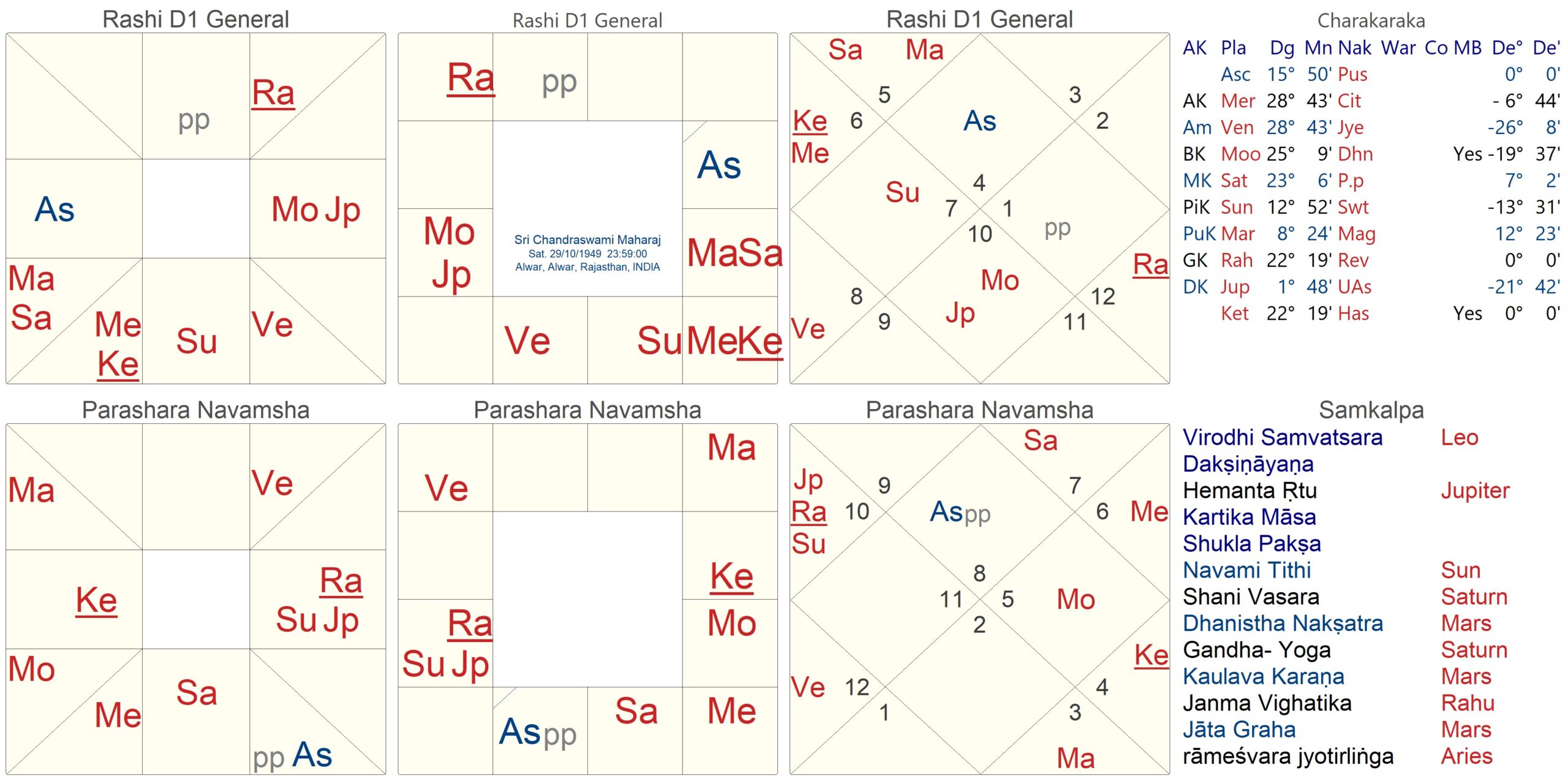
Lagnāmsa is Scorpio, the secret sign showing abilities for occult studies with Venus & Ketu in trines indicating the tapasvi (penance) yoga. However, the absence of the aspect of Saturn on lagnāmsa shows the lack of renunciation and the tapasvi yoga is to that incomplete, but will give the ability of Venus for penance and of Ketu for the occult studies.
With these abilities confirmed, examine the kārakamsa, which is Virgo (Mercury is the ātmakāraka placed in vargottama in Virgo navamsha). Two malefic planets Rahu & Sun (eclipse combination) are in trines to the kārakamsa indicating that the native is a māntrika. Jupiter is placed in debility (vargottama) in Capricorn afflicted by these malefic planets. The Guru- candāla yoga indicates that the knowledge could be used for evil purposes like killing enemies (human beings). The aspect of Venus (natural benefic) on the kārakamsa tends to mollify and make him use the knowledge for good purposes.
Not getting into the misuse of the knowledge, when in jail the native announced that Ganesha would drink milk at all temples and urged people to offer milk. A strange phenomenon occurred when on the 21 September 1995 millions of people all over the world reported that they offered milk to various Ganesha idols and that all of them drank the milk. There was some controversy, but it is noteworthy that the native was under Saturn dasha, Ketu antardashas, Venus pratyantara dasha, Rahu süksma dasha and Jupiter prāna dasha. The involvement of the first three planets Saturn, Venus & Ketu in the tapasvi yoga shows that the native would have done some sort of a penance to achieve this miracle of sorts, and the involvement of the Rahu & Jupiter combination shows the use of his powers as a māntrika.
Pālana Devatā
The Pālana Devatā is signified by the Moon and is responsible for guiding the activities of the members of the family in their material life. He looks after the individual during the present birth. Jaimini spells out the method of locating the deity in the sixth from the Amatya Karaka (in the Navamsa) in the same basis as the twelfth from the AK. It is for this reason that the profession of the parent was advised to the natives in days of yore. However, in modern day charts, this feature may not be present and the Pālana devatā will have to be determined for each chart. This deity should be favorable for good livelihood and financial success.
Footnotes
9. Amatya Karaka is the second among the Chara Karaka in the eight planet scheme. Jaimini teaches ‘amatya dāse caivam’.
Table 6: Planets & deities
Planet Parāsara Jaimini Harihara et.al.
Sun Agni-Shiva > All signs shiva, Brahmana only Shiva Linga allowed
- Dual sign: 1st dreskāna Ganapati
- Dual sign: 2nd dreskāna Skanda
Moon Jala-Gauri, Strong Gauri
- Weak Kāli
- Weak in Mars sign/amsa Camundā
Mars Skanda
- Male signs > Skanda & Bhairava
- Female signs > Camundā, Bhadrakāli etc.
Mercury Vishnu Movable & dual signs Visnu avatāra
- Fixed sign: 1st dreskāna Rāma
- Fixed sign: 2nd & 3rd dreskāna Krisna
Jupiter Indra Sambashiva All signs Mahāvisnu, Jagannath
Venus Jala-Saci
- Satva signs Annapürna
- Rajas signs Laksmi
- Tamas signs Yaksi
Saturn (1) Brahma (2) Visnu (Rasi) All signs shāsta & krita
Rahu Durgā All signs Sarpa (snake deity)
Ketu Ganapati All signs Ganapati
Footnotes
10.Skanda is Kartikeya, the warrior son of Shiva.
11. The Satwik planets are the Sun (Leo), Moon (Cancer) and Jupiter (Pisces & Sagittarius). The Rajas Planets are Mercury (Virgo & Gemini) and Venus (Taurus & Libra). The Tamas Planets are Mars (Aries & Scorpio) and Saturn (Capricorn & Aquarius). This should not be mistaken with the natural nature of the signs on the basis of Movable (Rajas), Fixed (Tamas) and Dual (Satwik).
Guru Devatā
The navamsha sign of the bhrātrikāraka itself is seen for the Guru devatā or spiritual guide & teacher of the chart. The Guru(s) are indicated by the bhrātrikāraka as well as the planets conjoining and aspecting it in the navamsha. These Guru(s) would be teaching dharma, jyotisha and/or such subjects related to spirituality (Sun) or vedāìga (Jupiter). Guru(s) in other areas are to be seen in other divisional charts. The strength of planetary influence on the concerned house should be seen on the basis or rules given above.
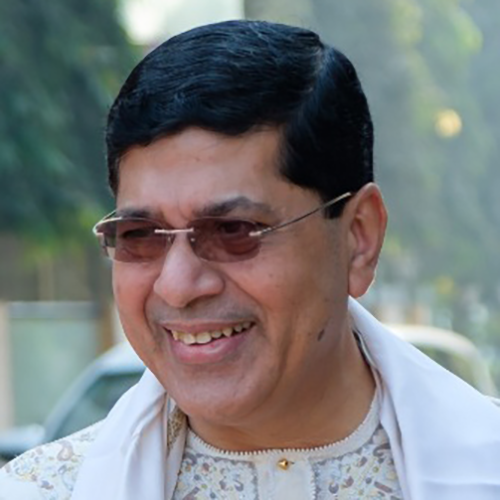
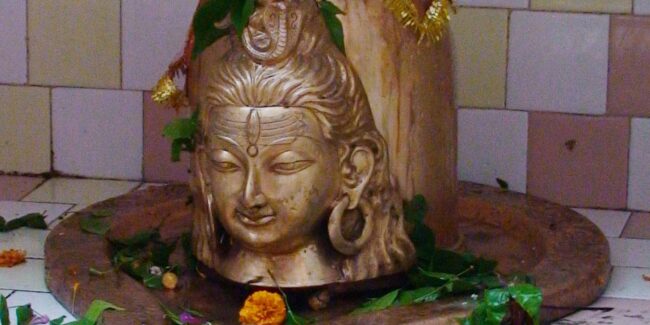
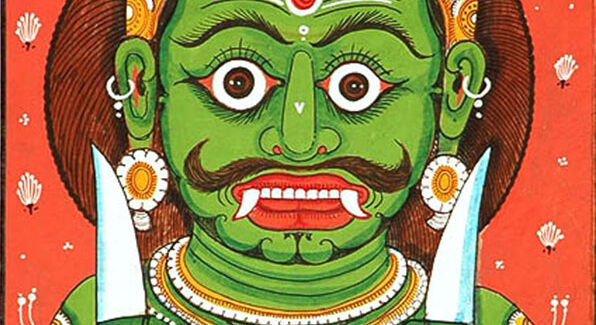
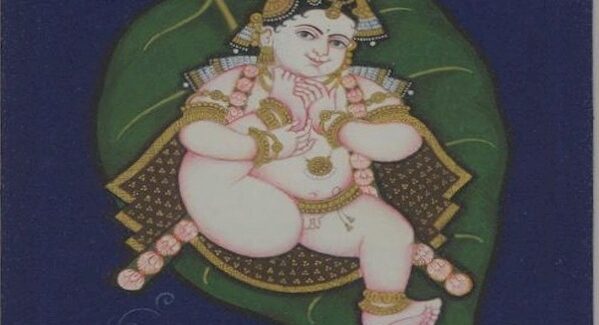
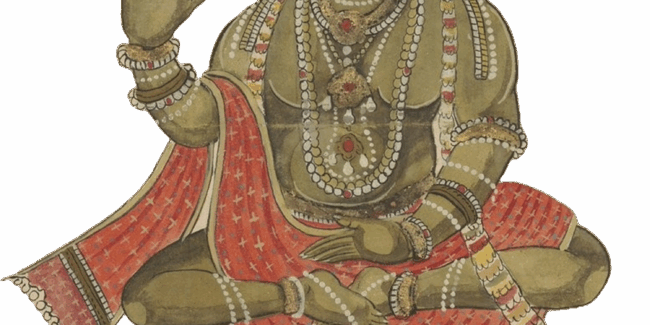
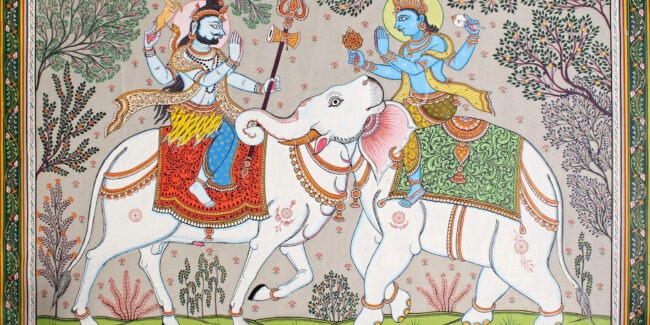
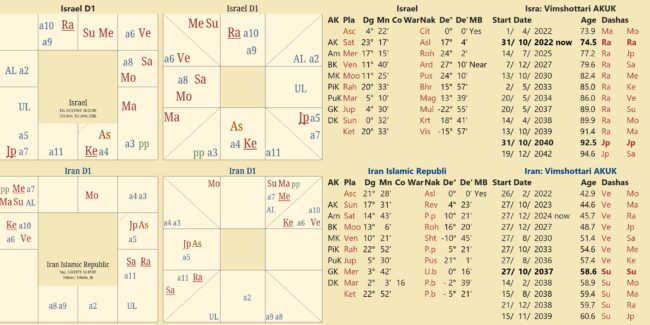
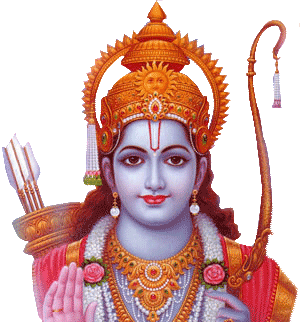
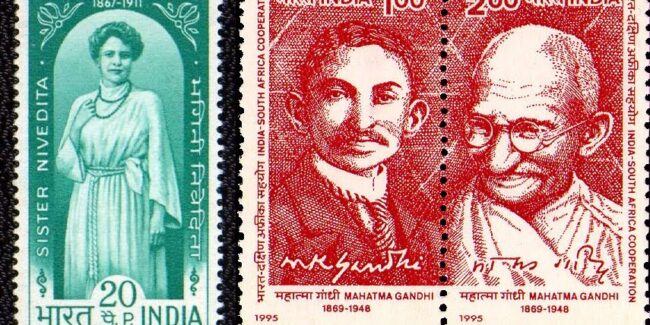
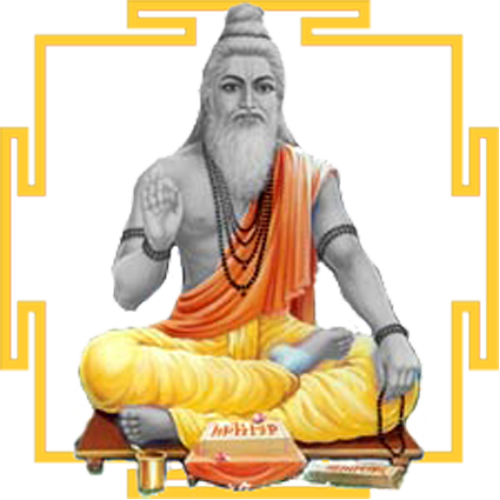 DBC offers online courses in jyotish (Vedic Astrology) taught directly by Sanjay Rath as per the tradition, through narrated power points and other audio tools. The courses are at different levels, from the beginners through the intermediate to the advanced and are known as SoHamsa | DBC courses, with individual classrooms and assistant teachers
DBC offers online courses in jyotish (Vedic Astrology) taught directly by Sanjay Rath as per the tradition, through narrated power points and other audio tools. The courses are at different levels, from the beginners through the intermediate to the advanced and are known as SoHamsa | DBC courses, with individual classrooms and assistant teachers
 Sagittarius Publications is the publisher and distributor the popular quaterly magazine the Jyotish Digest, as well as many thorough books on the subject of Vedic Astrology or Jyotish.
Sagittarius Publications is the publisher and distributor the popular quaterly magazine the Jyotish Digest, as well as many thorough books on the subject of Vedic Astrology or Jyotish.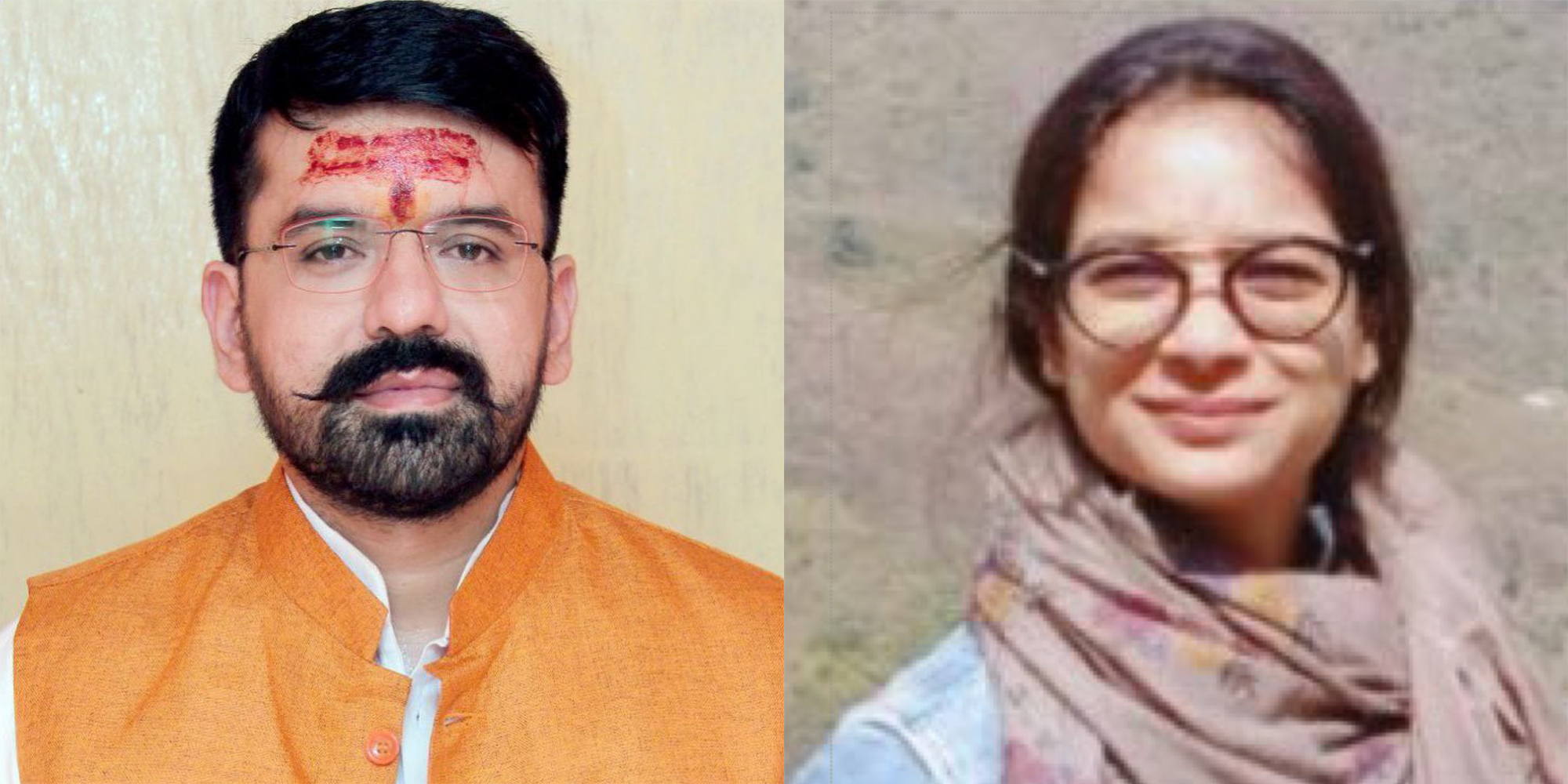 We have an excellent pandit Divākar ‘Deva’ Mishra, who is from the priests of Vindhyāvāsini Siddha Pīṭha to guide you through the hundreds of temples of Kāśi [Varanasi] and neighbouring regions. He can organise your pūjā, keep you safe and take care. He is supported by an English-speaking well-travelled spouse ‘Supriya Mishra’. Please contact them directly for any services, remedial pūjā and tours. They handled the 60+ member Kāśi Jyotiṣa Group 2022.
We have an excellent pandit Divākar ‘Deva’ Mishra, who is from the priests of Vindhyāvāsini Siddha Pīṭha to guide you through the hundreds of temples of Kāśi [Varanasi] and neighbouring regions. He can organise your pūjā, keep you safe and take care. He is supported by an English-speaking well-travelled spouse ‘Supriya Mishra’. Please contact them directly for any services, remedial pūjā and tours. They handled the 60+ member Kāśi Jyotiṣa Group 2022.
I was given a second chart via my Guru on February 27th 2010 at 22:32 in Quesnel BC Canada. It was during a death experience that my Guru appeared in Her subtle form and lifted me from the karmic matrix I had been laboring under previously. That was March 5th 1959 at 13:17 in Fredericton NB Canada.
I was given the opportunity to take the Solar path which I had been following or come back and serve the lunar path. I chose to come back and serve.
The information you gave here helps me to understand something about my dharma Lord I didn’t understand before, I am grateful. I wanted to mention an insight I gained from the experience. If a soul is sent back from a NDE or death experience because it was not there time to depart the natal chart remains the same and will work. But if they chose to come back given the choice, and do so for selfless reasons they need a new chart cast for the time date and place of their return.
Richard Hoack gave an example of an astrologer in the US having an accident and having the clarity and knowledge to note the time when she returned to her body (vehicle) and did a new chart when she recovered which worked, the old chart no longer made sense.
The book was called astrology of death.
If interested in knowing more or if you have any questions please feel free to contact me.
Om Namah Shivaya
absolutely insightful. Then that would be a rebirth in the same body right?
I too was meant to die in 2017 Sep and the heart attack happened in the Himalayas, but I lived even though one artery died. I now live with only two artery functioning. Would that be a rebirth? Need to study this further.
Thanks again Vibhuti Srimatadas
||HARE RAMA KRSHNA|| Respected Guru ji, Kindly guide when to use the mantras mentioned abouve with Bija and when to use without bija.
with regards Vikas
Bīja usage is to be learnt from your guru. You must understand the bīja for them to be really powerful.